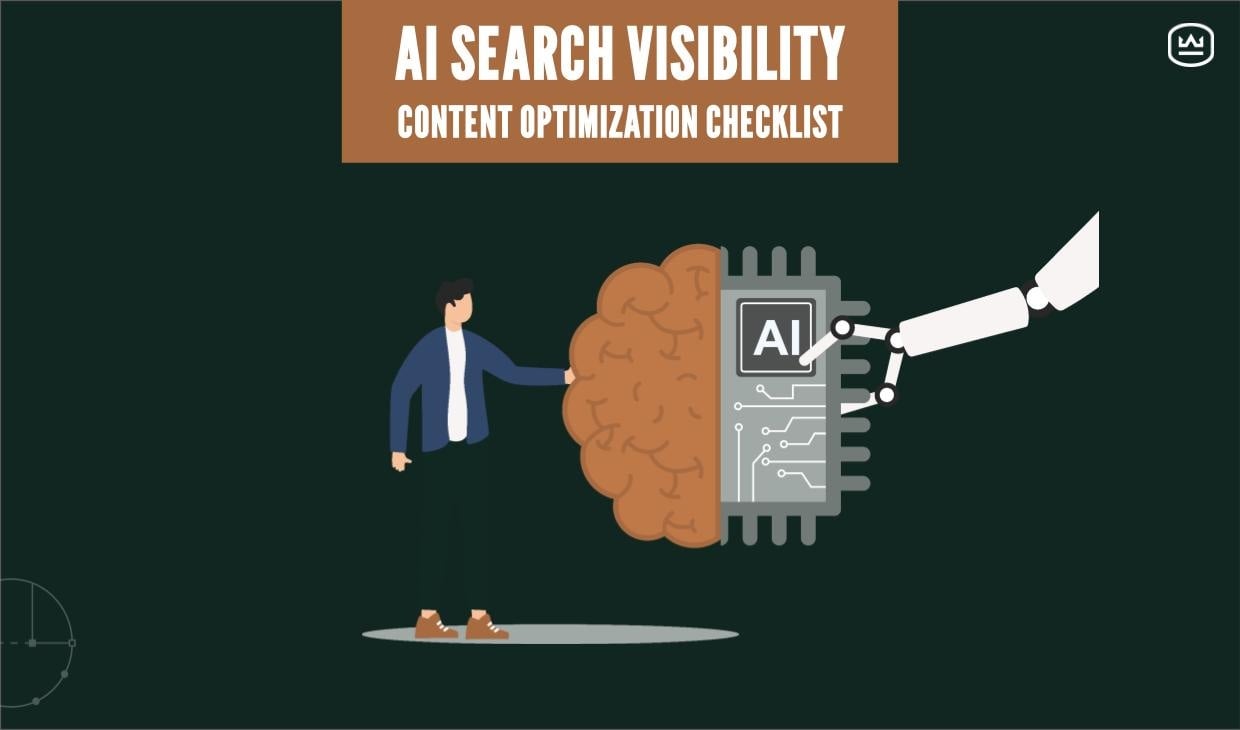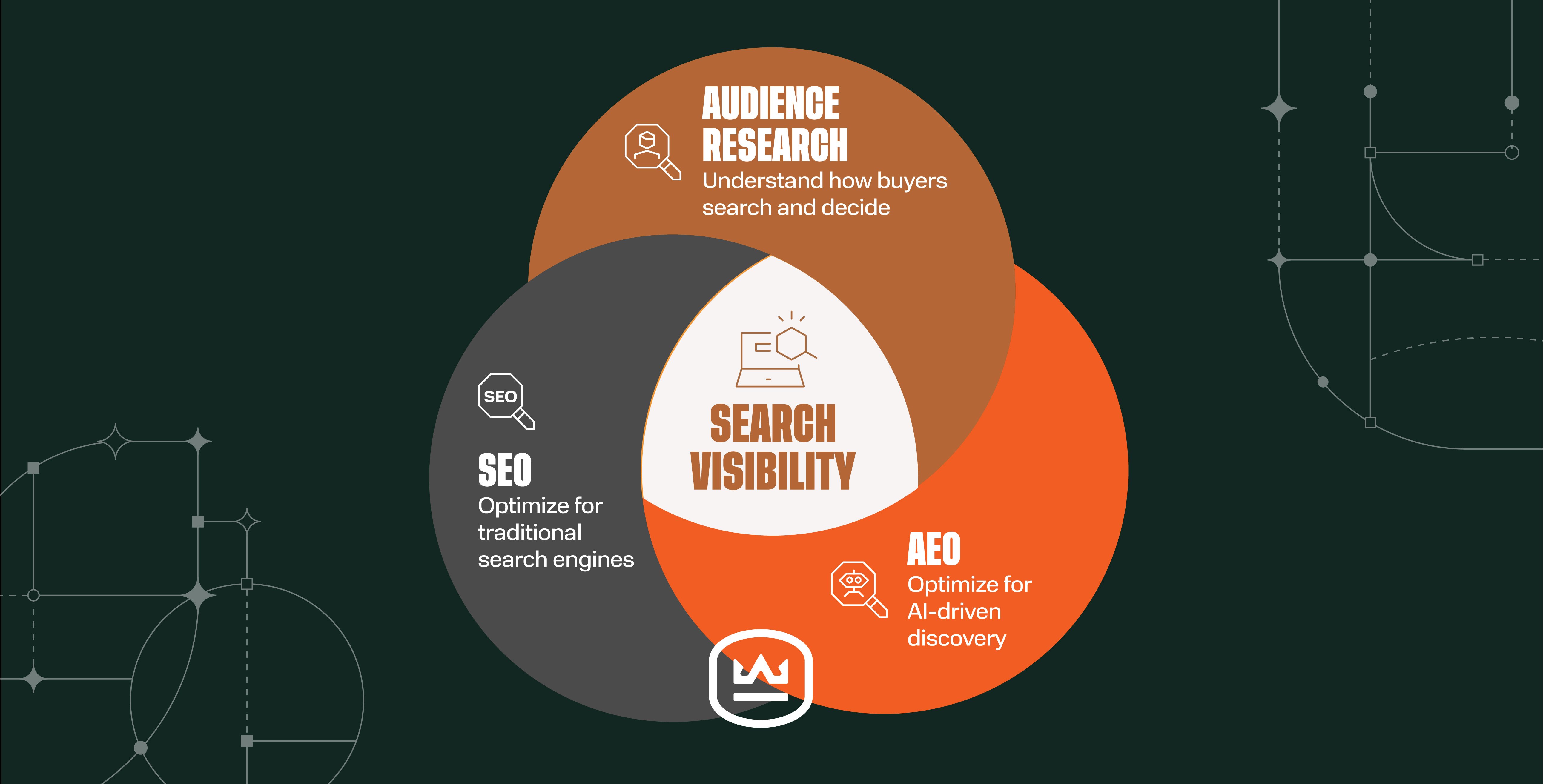3 Ways To Take an Inbound Sales Approach to the RFP Process
Written by
In complex industries, there are few processes more ubiquitous than the Request for Proposal (RFP).
On its face, soliciting bids for projects in complex industries like industrial manufacturing is logical. The RFP process is relied upon to help buyers identify, evaluate, and decide upon a qualified vendor. Essentially, an RFP brings a pool of bidders to the buyer’s doorstep with minimal legwork on the buyer’s part.
A traditional RFP provides structure around the project. Usually aided by some type of manufacturing RFP template, the buyer provides details for a potential vendor’s consideration, including:
- Project overview
- Company overview
- Project goals
- Project scope
- Deliverable schedule
- Potential project obstacles
- Budget
- Ideal vendor criteria
Vendors choose to respond (or not respond), and those that tick the boxes are given further consideration. The buyer remains in control of the RFP process, and vendors are left to compete on a narrow set of criteria which, truth be told, often boils down to price.
So what's a better way for both the buyer and the seller?
Creating Context With the Inbound Sales Methodology
The inbound sales methodology pushes against the power struggle and the price point shopping that are arguably inherent in the traditional RFP process.
That’s not to suggest that companies using inbound to serve complex industries opt out of responding to RFPs. Rather, the inbound sales methodology invites conversation and collaboration around RFPs.
Drilling into the “whys” behind the project requirements and the “hows” of identifying and asking for exactly what’s needed builds mutually beneficial context. Buyers gain clarity around what they really want versus making a generic request. In turn, vendors can more realistically assess if the RFP is worth pursuing before investing a substantial amount of time and resources.
3 Inbound Approaches to the RFP Process
In short, relationship-building and content developed to educate instead of sell shape how RFPs are handled within the inbound sales methodology. Three approaches prevail:
1. Establish RFP authority.
Buyers may be familiar with the RFP process, but that doesn’t necessarily mean they’re pros at RFP preparation. Searching the internet for pointers on the RFP process is a likely first step. It’s also your opportunity to become their go-to resource for your industry.
Be intentional and be proactive about providing content that is on point and helpful. You may choose a direct route such as writing a blog outlining steps for “How to Do an RFP for X Industry.” Perhaps it’s an ebook that points buyers to RFP tools and manufacturing RFP templates such as those offered by HubSpot. This is also a great opportunity for a free RFP consultation request offer.
You can create the greatest content around RFPs and carve out your space as the RFP authority for your industry — but it all comes to nothing if the content can’t be found. Remember to perform due diligence around keywords and SEO and SERP practices that get your content on the prized first page of Google search results (75% of searchers don’t scroll past page one in search results.1)
2. Subvert the RFP process.
When you receive an RFP, don’t succumb to rote responses. Subvert the process by choosing to contact the RFP originator to ask clarifying questions.
Often, it is in these exchanges that buyers gain more clarity about their needs that isn’t always obvious when completing an RFP. It demonstrates how your company adds value to the RFP process and, by extension, to the potential relationship by proactively:
- Having a meaningful conversation about their pain points
- Listening and seeking to truly understand their needs
- Offering suggestions and potential solutions to pursue, including but not necessarily limited to your product or service
There’s no shame in wanting to get your company on the short list of vendor contenders in the competitive RFP landscape. Think and act innovatively. It just may win you the business.
3. Lead-score to identify true RFP opportunities.
Being passionate about pursuing RFPs is admirable. After all, the buyer is sending a clear signal they are in a position to purchase. However, chasing every opportunity simply because it presents itself will leave you with little to show for your efforts. RFP responses are time consuming and often expensive, so be selective about pursuit.
Inbound lead scoring is one of the best ways to prioritize RFPs. The points-based system is a completely objective way to determine sales-readiness by helping your sales and marketing teams:
- Define ideal leads by select criteria including size, budget, vertical market, long term customer value potential, and the like
- Apply scoring criteria and assess points
- Agree on what is considered a sales qualified lead
It all points to a tangible way to assess which RFPs are likely to provide a return on investment. Allocate your resources accordingly.
RFPs are a fact of life in most complex industries. Using the inbound sales approach to prioritize, respond, compete, and win business may well be your secret to success. Our guide, Inbound Sales for Industrial Manufacturers, contains valuable information on effectively integrating and using an inbound marketing strategy in complex industries. Click the button below to read it now or request a copy for later.
SOURCE:
1Neil Patel, How To Show Up on the First Page of Google Today, Undated
Subscribe To Our Blog
Information. Insights. Ideas. Get notified every time a new Weidert Group blog article is published – subscribe now!
You May Also Like...

Search Engine Optimization
How Falcon Rebuilt Industrial AI Search Visibility in 2025

Search Engine Optimization
The New Search Visibility Checklist for AI-Era Content Marketing

Search Engine Optimization
SEO Isn’t Dead. It’s Evolving: How B2Bs Can Stay Visible in the Age of AI
Accelerate Your Growth with
Weidert Group
If you’re ready to explore a partnership, request a personalized consultation with our team.

